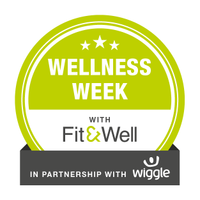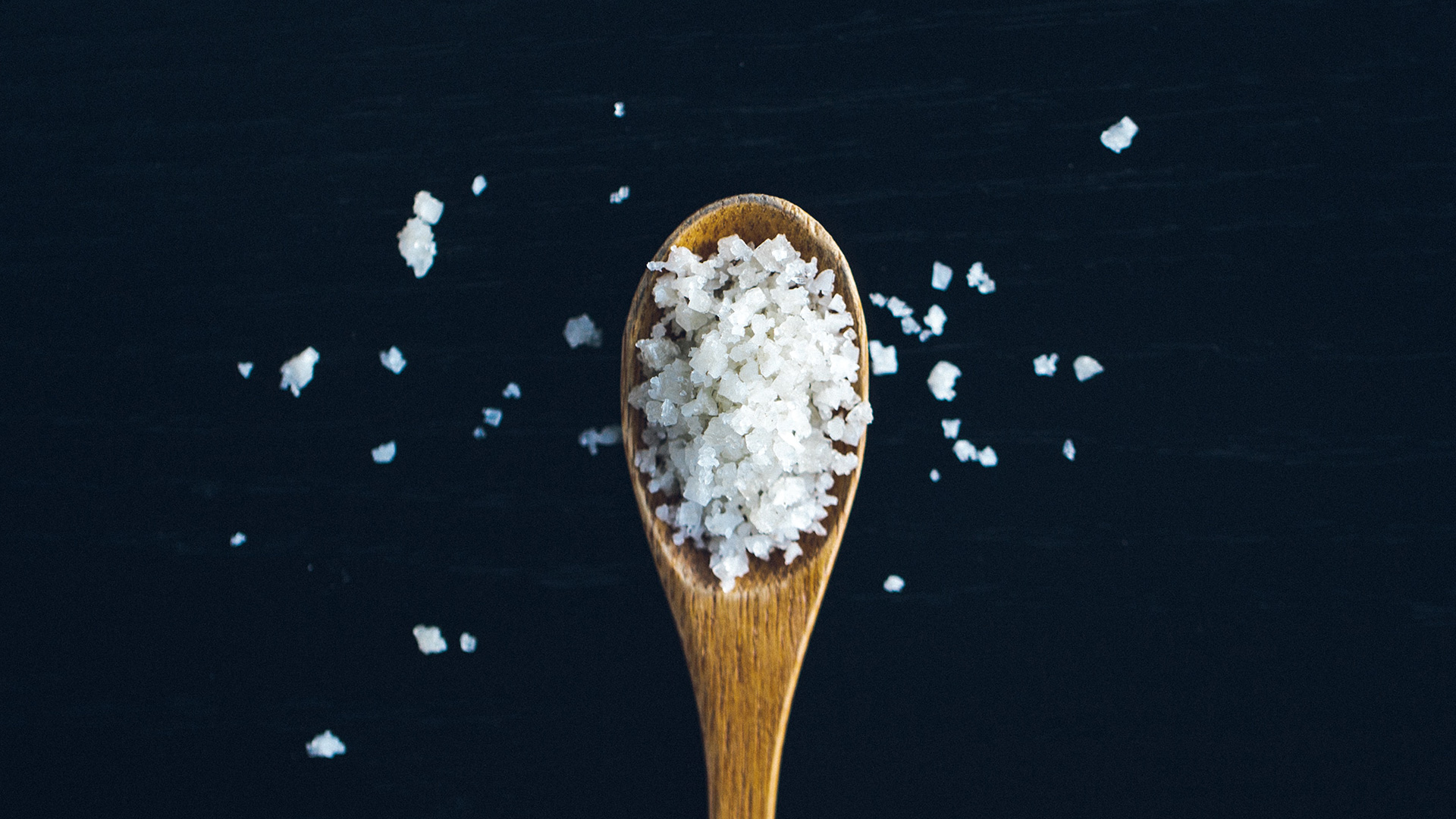

While having high blood pressure doesn’t sound that dramatic, according to Public Health England, at least half of all heart attacks and strokes are associated with high blood pressure and it’s also a major factor in chronic kidney disease and dementia. In this article, we'll look at how to lower your blood pressure to help reduce your risk.
While age, ethnicity and genetics can all heighten your risk, smoking, lack of exercise, being overweight, long-term sleep deprivation and poor diet can also have a huge impact. The fact that over 2 million Brits aged under 45 have high blood pressure shows you just how big a role lifestyle can play in the situation.
Fortunately, it’s totally possible to bring blood pressure back down by addressing those modifiable risks. We’re not talking anything dramatic here; small tweaks can have a huge impact. With that in mind, let’s take a look at the eight easy changes we can make to work towards healthy blood pressure.
- Keep an eye on your ticker: These are the best heart rate monitors
- Browse the best fitness trackers for all-round health
- Explore the smartest and best bathroom scales
1. Prioritise shut-eye

When we sleep, our body goes into clean-up mode. Our blood regulates stress hormones which helps to maintain a healthy nervous system. If you’re consistently missing out on shut-eye, the body can’t regulate those hormones effectively. Plenty of studies have found that it’s not just about the amount of time you spend in bed, but the quality of the sleep you’re getting.
Start leaving your phone in a different room, giving yourself a tech-free hour before bed and getting blackout blinds if you’re easily woken up by sunrise. If you struggle with insomnia, it might be worth chatting to your GP about getting access to cognitive behavioural therapy (CBT).
2. Cut the booze
You don’t have to go teetotal but cutting back is always a good idea if you want to be more healthy. Having more than three boozy drinks in one sitting temporarily elevates your blood pressure, while regular heavy sessions leads to long-term hypertension.
It’s not just the alcohol itself; boozy drinks tend to be high in calories and binge drinking is often associated with weight gain and obesity. Plenty of studies have linked obesity with high blood pressure, including the 44-year-long Framingham Heart Study, which found that being overweight accounted for around 28% of cases of hypertension in women and 26% in men.
Sign up to the T3 newsletter for smarter living straight to your inbox
Get all the latest news, reviews, deals and buying guides on gorgeous tech, home and active products from the T3 experts
Give yourself a two drink limit with plenty of booze-free days. Try swapping to low-alcohol beers and spirits or choosing drinks like kombucha when you can.
3. Be salad proud
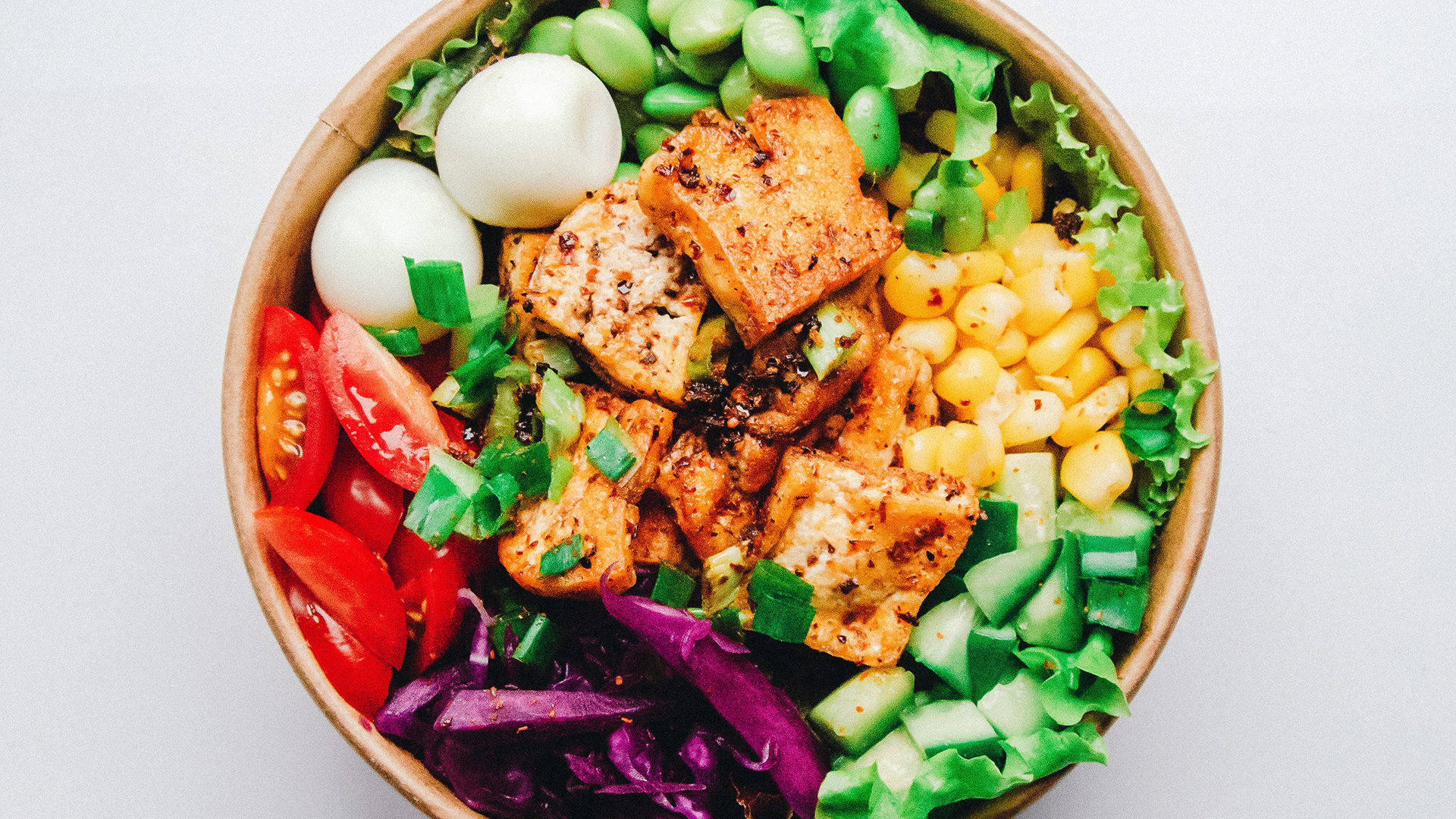
According to a 2015 study by the University of Melbourne, poor diet and high blood pressure are now the number one risk factors for early death – and the two are related. Eating more fruit and veg has been proven to help lower blood pressure thanks to the fact that they’re chock-full of vitamins, minerals and fibre.
Aim to eat at least five portions a day – whether that’s in a salad, stew, smoothie or fresh. Try starting the day by whisking up a handful of frozen berries and a handful of spinach with a generous spoon of nut butter (for a dose of plant protein and healthy fat) and a cup of milk.
4. Reduce your salt

A lot of processed and fast food is packed with salt. Too much salt raises the amount of sodium in the bloodstream which then puts the kidneys under enormous pressure. That results in high blood pressure. According to Action on Salt, for every gram of salt we cut from our daily intake, there’d be approximately 6,000 fewer deaths from stroke and heart attack every year in the UK. Cutting down from 10g to 6g is enough to reduce blood pressure.
A lot of fruit and veg contains potassium, a mineral which helps to balance out the negative effects of salt so again, be sure to eat your fill. Avoid adding salt to your meals and try to cook as much from scratch as you can. Prioritise home-made or whole-food snacks over crisps and biscuits and try alternative seasonings in your cooking. Chilli or lime juice can be great flavour substitutes.
5. Get moving
Get for body and mind, exercise makes our hearts stronger – meaning it can pump more blood around with less effort. The easier it is for the heart to work, the less strain is placed on your arteries and your blood pressure reduces as a result.
Aim to do 10,000 steps a day – including a 30-minute walk or jog every day – and two sessions of higher-impact activity a week. That could be anything from weight-training and swimming to tennis or dance. Whatever feels good to you, just keep moving. If you’re less mobile, there are plenty of online video guides for seated exercise. Check out this 20 minute seated chair exercise drill below.
6. Quit smoking
If you smoke, quitting is the most effective thing you can do to improve your blood pressure. Smoking immediately raises blood pressure while the chemicals in tobacco damage the lining of your artery walls. Eventually, that causes the arteries to narrow – increasing your risk of heart disease. It’s not just you who’s impacted either; secondhand smoke can raise blood pressure and the risk of disease too.
Your blood pressure drops back down to normal levels just 20 minutes after smoking and after a year, your risk of heart disease drops by half. Check out the NHS’ guide to quitting smoking here.
7. Ditch the decaf
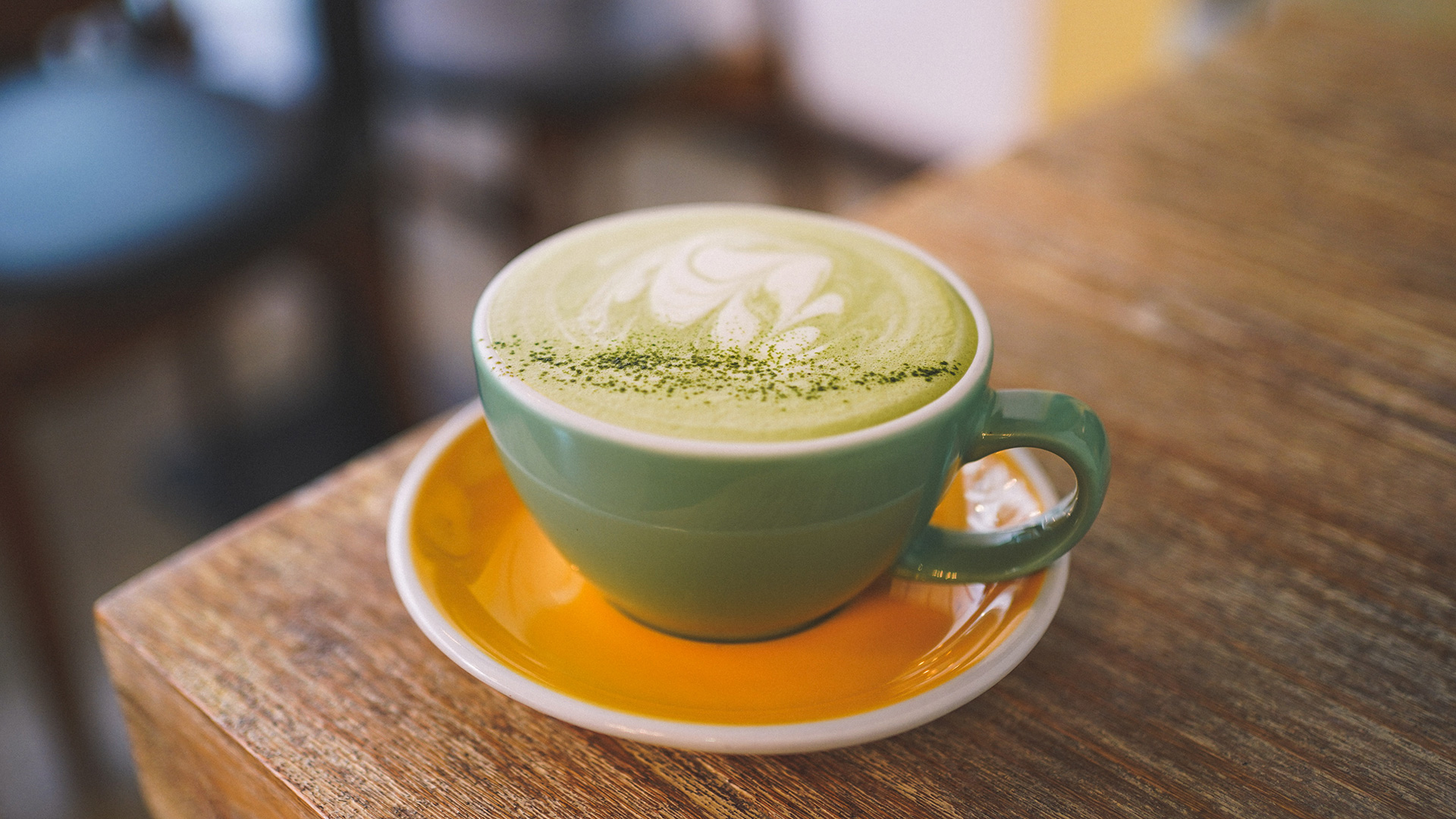
Coffee is good for us in many ways and if you don’t already have high blood pressure, it may have no impact on your cardiovascular system at all. If you do have hypertension, however, it could be worth giving yourself a caffeine break.
Caffeine creates a short, dramatic increase in blood pressure. If you’re a heavy drinker who’s constantly reaching for a fix throughout the day, why not start swapping to naturally decaffeinated teas for a mid-morning drink? Try things like matcha which still offers a boost without the dramatic spike and are packed with cancer-busting antioxidants too.
Wellness Week on T3
Wellness Week is brought to you in association with our new sister site Fit&Well and Wiggle. A new standard for a new age of wellbeing, Fit&Well helps you live a better, healthier, happier and longer life. Check it out today at www.fitandwell.com and accelerate your wellness journey.
Miranda Larbi is a freelance national journalist specialising in all things health, fitness and wellness.
-
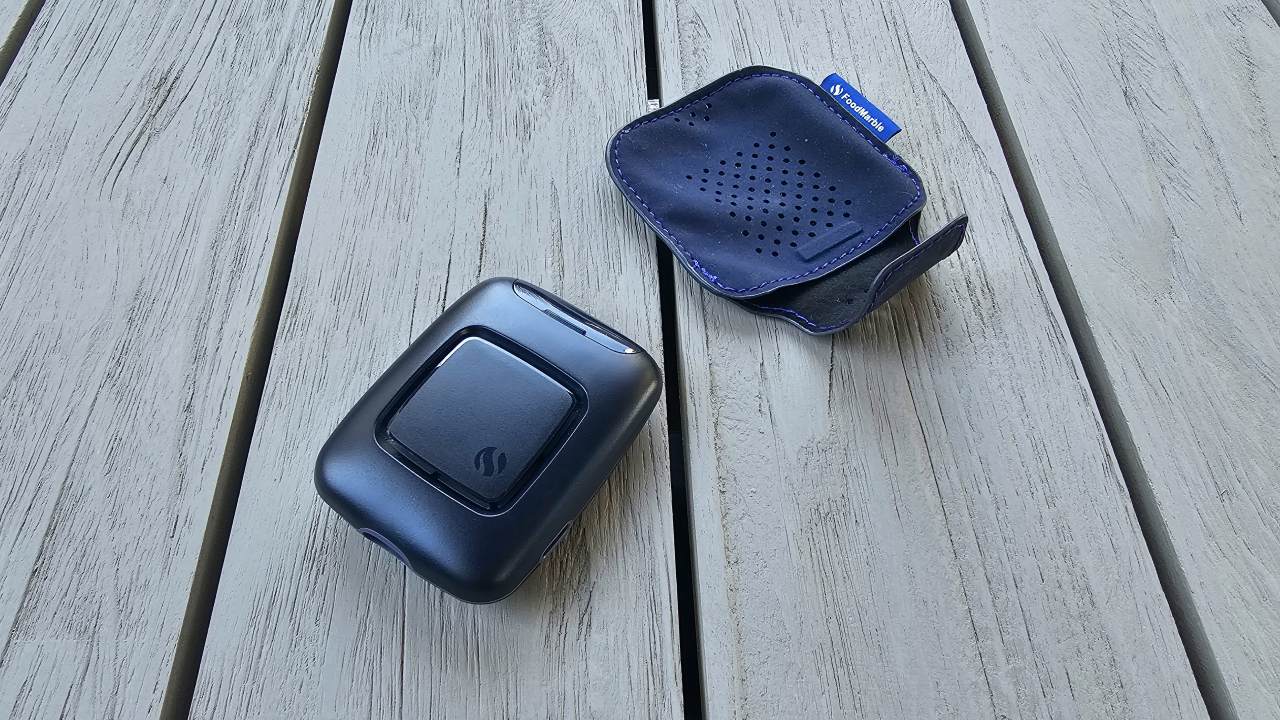 I spent 6 weeks with the FoodMarble Aire 2: here’s what I learned about my gut health
I spent 6 weeks with the FoodMarble Aire 2: here’s what I learned about my gut healthI’ve been testing the clever breath-testing gadget with the companion app over several weeks to find out if it delivers on its promises
By Lee Bell
-
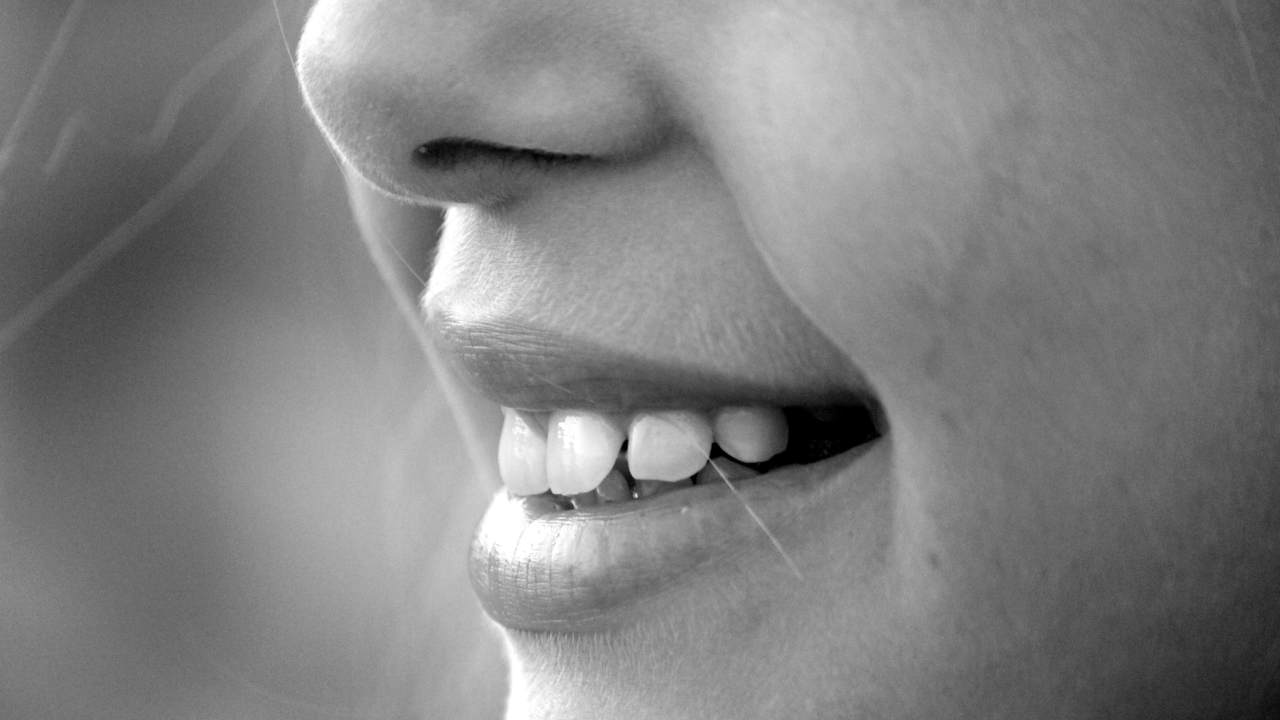 Oil pulling is going viral on TikTok for stopping morning breath – but does it actually work?
Oil pulling is going viral on TikTok for stopping morning breath – but does it actually work?4 hacks that prevent morning breath, according to a sleep expert
By Bethan Girdler-Maslen
-
 These limited edition McLaren x Loop earplugs are what you need for Formula 1 season
These limited edition McLaren x Loop earplugs are what you need for Formula 1 seasonMcLaren teams up with Loop on limited edition noise-reducing earplugs
By Bethan Girdler-Maslen
-
 3 reasons why you wake up at 3am every night – and how to avoid it
3 reasons why you wake up at 3am every night – and how to avoid itAlways waking up in the middle of the night? This could be why…
By Bethan Girdler-Maslen
-
 Therabody experts give 7 tips for perfecting your sleep routine for World Sleep Day
Therabody experts give 7 tips for perfecting your sleep routine for World Sleep DayFrom breathing exercises to sleep masks, here’s how to prioritise sleep, according to experts
By Bethan Girdler-Maslen
-
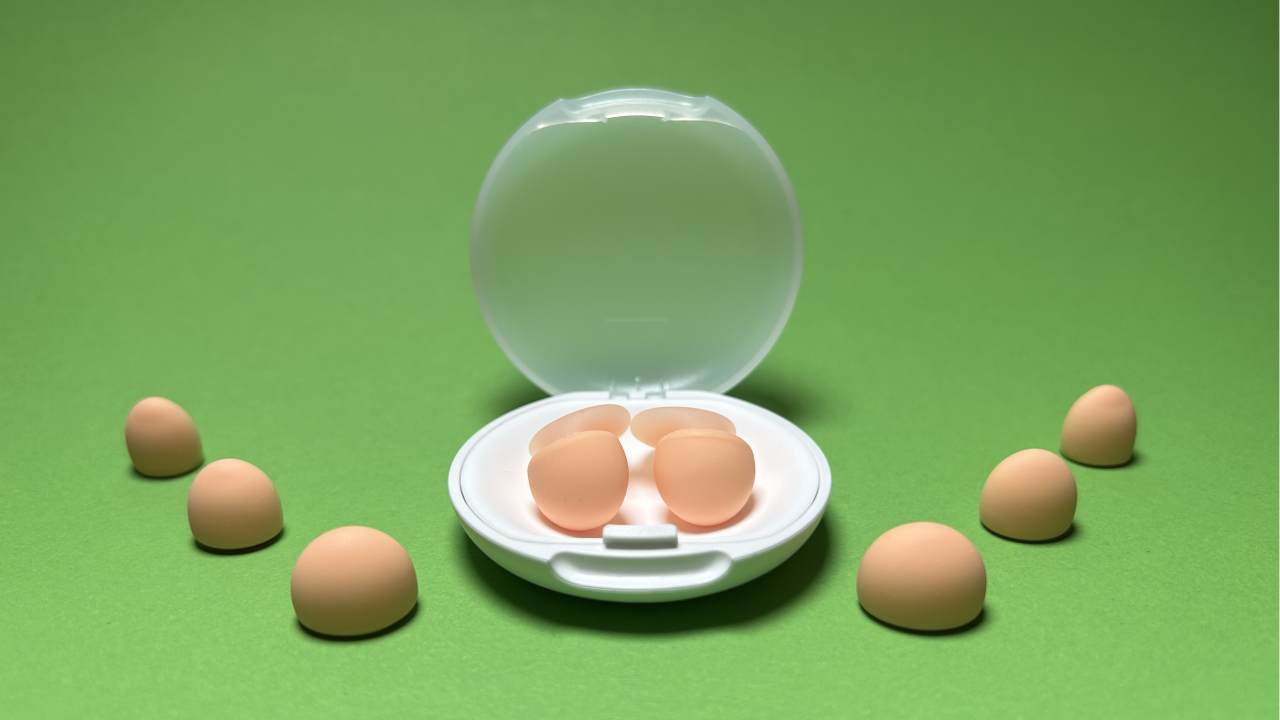 Loop Dream review: super soft earplugs to help you snooze soundly, even if you’re a side sleeper
Loop Dream review: super soft earplugs to help you snooze soundly, even if you’re a side sleeperSquishy silicone and uniquely shaped ear tips take Loop’s nighttime earplugs to dreamy heights
By Joanna Ebsworth
-
 Can’t get to sleep? Grounding bed sheets could be the answer – but I need convincing
Can’t get to sleep? Grounding bed sheets could be the answer – but I need convincingIs this the future of sleep tech?
By Bethan Girdler-Maslen
-
 Simba reveals 3 shocking signs of sleep deprivation on the body
Simba reveals 3 shocking signs of sleep deprivation on the bodySimba’s latest study reveals the main physical effects of sleep deprivation
By Bethan Girdler-Maslen
